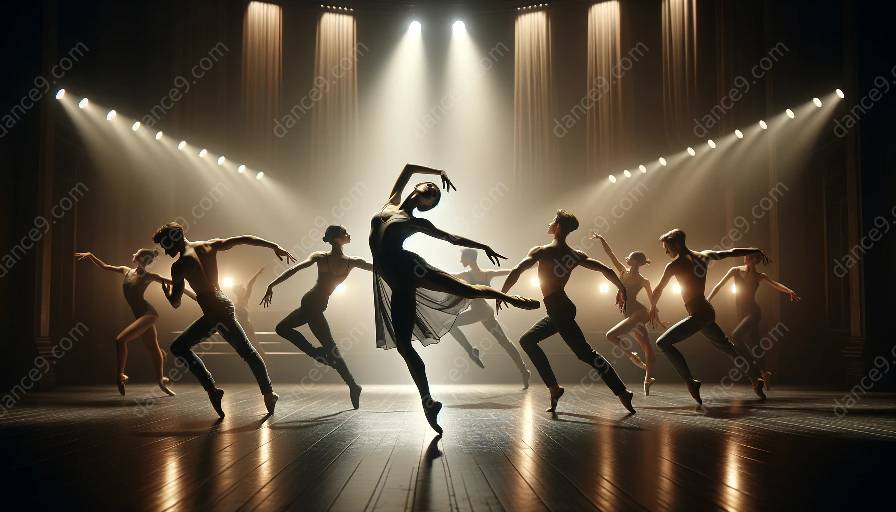In contemporary dance, artists express social and political issues through movement, bringing awareness and provoking thought.
Understanding Contemporary Dance
Contemporary dance is a diverse and dynamic art form that breaks traditional boundaries. It encompasses a wide range of styles, techniques, and expressions, allowing dancers to explore emotions, ideas, and concepts that extend beyond conventional dance forms.
Addressing Social Issues
Contemporary dance serves as a platform for artists to address social issues such as inequality, discrimination, gender, and human rights. Through choreography and performance, dancers bring attention to these pressing matters, fostering dialogue and promoting understanding.
Physical Expression of Injustice
By embodying the struggles and realities of marginalized communities, contemporary dancers translate these narratives into visceral experiences that resonate with audiences. This physical expression of injustice creates powerful connections and encourages empathy and solidarity.
Provoking Critical Thinking
Choreographers often use contemporary dance to challenge societal norms and perceptions. By questioning established beliefs and values, they incite reflection and critical thinking, encouraging audiences to reevaluate their perspectives and behaviors.
Engaging with Political Issues
Contemporary dance has the capacity to engage with complex political themes, providing a platform for expressing dissent, advocating for change, and confronting power structures. Dancers use movement to communicate protest, resistance, and the impacts of political decisions on individuals and communities.
Confronting Systems of Oppression
Through their performances, contemporary dancers confront systems of oppression, shedding light on issues such as government policies, environmental crises, and global conflicts. They amplify voices that are often marginalized, amplifying the urgency of addressing these pressing political challenges.
Advocacy and Activism
Contemporary dance serves as a catalyst for social and political activism, inspiring audiences to take action and participate in movements aimed at creating positive change. The fusion of movement and message in contemporary dance empowers individuals to engage in advocacy and contribute to a more just and equitable society.
Integration into Dance Classes
Integrating discussions and practical exercises related to social and political issues into contemporary dance classes enriches the educational experience. By exploring these topics, students develop a deeper understanding of the world around them, broadening their perspectives as dancers and global citizens.
Fostering Dialogue
Teachers can facilitate open dialogues about the relevance of social and political issues in contemporary dance, encouraging students to express their thoughts and emotions through movement. This process promotes empathy and understanding, nurturing a supportive and inclusive dance environment.
Choreographic Exploration
Encouraging students to create choreography inspired by social and political themes fosters artistic expression and critical thinking. By empowering dancers to explore these subjects through their own movement, dance classes become spaces for meaningful exploration and self-expression.
Empowering Change
By integrating social and political issues into dance classes, educators empower students to become advocates for change and equity. As future artists and individuals, students learn how their artistic practice can be a powerful tool for addressing societal challenges and promoting positive transformation.













































































